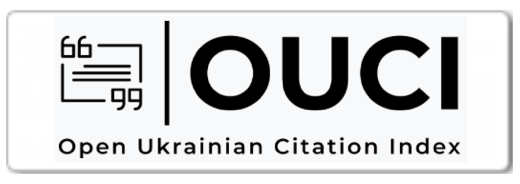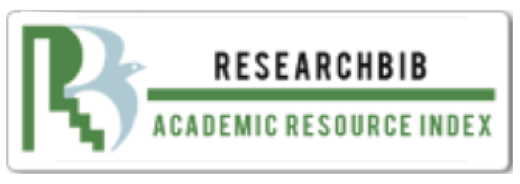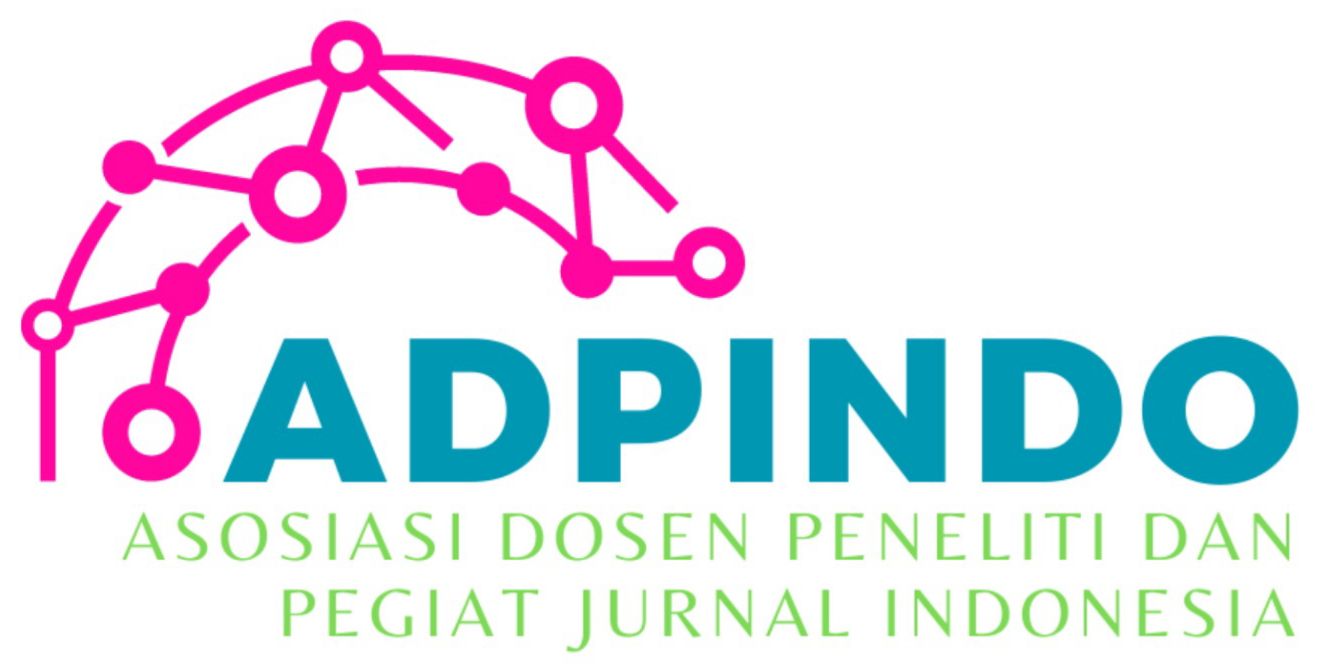SYSTEMATIC LITERATURE REVIEW OF ADVANCEMENTS IN CORPORATE BANKRUPTCY PREDICTION
Main Article Content
Mahmoud Elsayed Mahmoud
Taufiq Arifin
Al Sharawi, H. H. M. (2020). Earnings versus cash flows in predicting future cash flows: Evidence from Egypt and KSA. Alexandria Journal of Accounting Research, First Issue, January 2021, Vol. 5.
Al-Kassar, T. (2019). The use of accounting and financial ratios to predict failure: The case of Jordan. Academy of Accounting and Financial Studies Journal, 23(3), 385. doi:1528-2635-23-3-385
Allaj, E., & Sanfelici, S. (2023). Early warning systems for identifying financial instability. International Journal of Forecasting, 39(4), 1777–1803.
Anand, A., Baesens, B., & Vanpée, R. (2023). Sovereign credit risk modeling using machine learning: A novel approach to sovereign credit risk incorporating private sector and sustainability risks. Journal of Credit Risk, 19(1), 105–154.
Beaver, W. H. (2005). Have financial statements become less informative? Evidence from the ability of financial ratios to predict bankruptcy. Review of Accounting Studies, 10, 93-122. https://doi.org/10.1007/s11142-005-1591-3
Bluwstein, K., Buckmann, M., Joseph, A., Kapadia, S., & Şimşek, Ö. (2023). Credit growth, the yield curve and financial crisis prediction: Evidence from a machine learning approach. Journal of International Economics, 145, 103773.
Chi, G., Xing, J., & Pan, A. (2023). Default forecasting based on a novel group feature selection method for imbalanced data. Journal of Credit Risk, 19(3), 51–77.
Darmawan, A., & Supriyanto, J. (2018). The effect of financial ratio on financial distress in predicting bankruptcy. Journal of Applied Managerial Accounting, 2(1), 110-120. ISSN: 2548-9917.
du Jardin, P., Veganzones, D., & Séverin, E. (2019). Forecasting corporate bankruptcy using accrual-based models. Computational Economics, 54(1), 7-43. https://doi.org/10.1007/s10614-017-9681-9
Huang, J.-Z., Liu, B., & Shi, Z. (2023). Determinants of short-term corporate yield spreads: Evidence from the commercial paper market. Review of Finance, 27(2), 539–579.
Ishmah, H., Solimun, & Mitakda, M. B. T. (2021). Multiple discriminant analysis Altman Z-score, multiple discriminant analysis stepwise and K-means cluster for classification of financial distress status in manufacturing companies listed on the Indonesia Stock Exchange in 2019. In Advances in Computer Science Research, volume 96: Proceedings of the International Conference on Mathematics, Geometry, Statistics, and Computation (IC-MaGeStiC 2021).
Jiang, C., Ma, L., Wang, Z., & Chen, B. (2023). Financial distress prediction using the Q&A text of online interactive platforms. Electronic Commerce Research and Applications, 61, 101292.
Jouzbarkand, M., Sameni Keivani, F., Khodadadi, M., & Seyed Nezhad Fahi, S. R. (2013). Bankruptcy prediction model by Ohlson and Shirata models in Tehran Stock Exchange. World Applied Sciences Journal, 21(2), 152-156. https://doi.org/10.5829/idosi.wasj.2013.21.2.2350
Kristanti, F. T., & Dhaniswara, V. (2023). The accuracy of artificial neural networks and logit models in predicting the companies’ financial distress. Journal of Technology Management and Innovation, 18(3), 42–50.
Liang, D., Lu, C.-C., Tsai, C.-F., & Shih, G.-A. (2016). Financial ratios and corporate governance indicators in bankruptcy prediction: A comprehensive study. European Journal of Operational Research, 252(2), 561-572.
Lohmann, C., Möllenhoff, S., & Ohliger, T. (2023). Nonlinear relationships in bankruptcy prediction and their effect on the profitability of bankruptcy prediction models. Journal of Business Economics, 93(9), 1661–1690.
Muñoz-Izquierdo, N., Camacho-Miñano, M.-d.-M., Segovia-Vargas, M.-J., & Pascual-Ezama, D. (2019). Is the external audit report useful for bankruptcy prediction? Evidence using artificial intelligence. International Journal of Financial Studies, 7(1), 20.
Park, J. O., Choi, J., & Ngayo, G. (2023). Predicting the non-return of Chonsei lease deposits in the Republic of Korea. Journal of Risk and Financial Management, 16(10), 439.
Pervan, I. (2011). Prediction of company bankruptcy using statistical techniques – Case of Croatia. Croatian Operational Research Review (CRORR), 2.
Rafai, Y. N. D., & Slaïhi, I.. Using financial indicators to predict financial distress in economic enterprises: A case study of the Electricity and Gas Distribution Directorate in Béjaia Province. Master's thesis, Department of Economic and Business Sciences, Mohamed El-Bachir El-Ibrahimi University, Béjaia, Algeria.
Rodríguez-Masero, N., & López-Manjón, J. D. The usefulness of operating cash flow for predicting business bankruptcy in medium-sized firms. Revista Brasileira de Gestão de Negócios, ISSN 1806-4892.
Saleh, M. M. A. (2021). Predicting fraudulent financial statements using fraud detection models. Academy of Strategic Management Journal, 20(Special Issue 3), 1. doi:1939-6104-20-S3-002
Shirata, C. Y. Financial ratios as predictors of bankruptcy in Japan: An empirical research. Journal title not provided.
Sun, J., Sun, M., Zhao, M., & Du, Y. (2023). Dynamic class-imbalanced financial distress prediction based on case-based reasoning integrated with time weighting and resampling. Journal of Credit Risk, 19(1), 39-73.
Szántó, T. K. (2023). Handling outliers in bankruptcy prediction models based on logistic regression [Kiugró értékek kezelése logisztikus regresszióval alapuló csődelőrejelzési modellek esetén]. Public Finance Quarterly, 69(3), 89–103.
Tian, S., & Yu, Y. (2017). Financial ratios and bankruptcy predictions: An international evidence. International Review of Economics and Finance, 51, 510-526.
Toudas, K., Archontakis, S., & Boufounou, P. (2024). Corporate bankruptcy prediction models: A comparative study for the construction sector in Greece. Computation, 12(1), 9. https://doi.org/10.3390/computation12010009
Utami, D. W., Atmaja, H. E., & Hirawati, H.). The role of financial ratios on the financial distress prediction. Journal title not provided, 287. doi: 10.24002/kinerja.v25i2.4661
Valaskova, K., Gajdosikova, D., & Belas, J. (2023). Bankruptcy prediction in the post-pandemic period: A case study of Visegrad Group countries. Oeconomia Copernicana, 14(1), 253–293.
VenkataRamana, N. (2012). Financial performance and predicting the risk of bankruptcy: A case of selected cement companies in India. International Journal of Public Administration and Management Research (IJPAMR), 1(1), 40-56. DOI: RCMSS/IJPAMR/12004. Available at: http:/www.rcmss.org/ijpamr/Vol.1/No.1/.pdf
Verster, T., & Fourie, E. (2023). The changing landscape of financial credit risk models. International Journal of Financial Studies, 11(3), 98.
Zhao, Q., Xu, W., & Ji, Y. (2023). Predicting financial distress of Chinese listed companies using machine learning: To what extent does textual disclosure matter? International Review of Financial Analysis, 89, 102770.






































